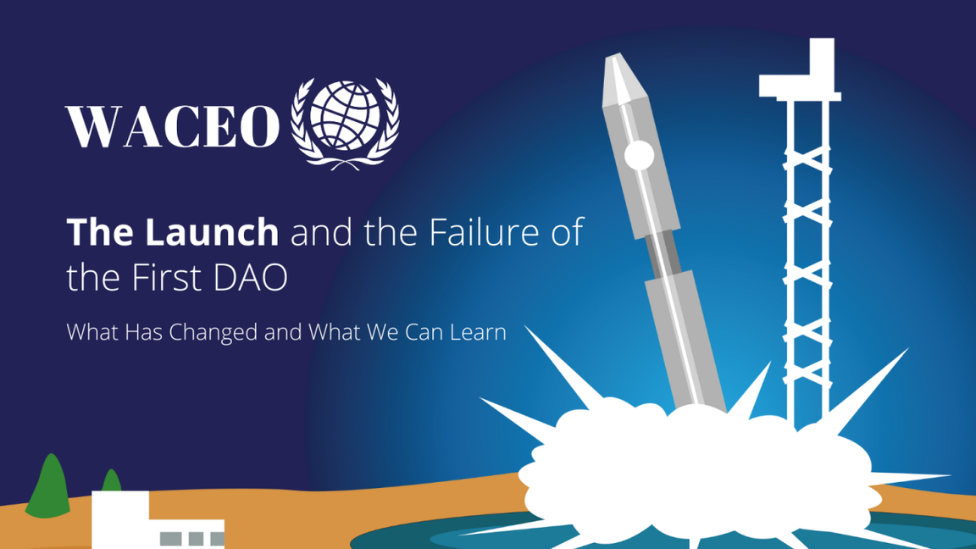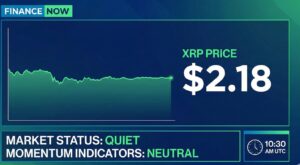On the 30th day of April 2016, the first ever decentralized autonomous organization was launched using an open-source computer code developed by Christoph Jentzsch. This organization closely mimicked a venture capital fund. Owners of DAO tokens could gain immersive profits from the organization’s investment mainly through dividends and the price increase on the tokens – Ethereum. The first DAO launch raised about $150 million in the form of Ethereum.
Unfortunately, vulnerabilities in the DAO code resulted in exploitation and massive fund raking. This attack would ultimately lead to the failure of the first DAO and the splitting the Ethereum chain of command and tokens.
What are the Reasons the First DAO Launch Failed
- Exploited Vulnerabilities
It was common knowledge that one of the reasons for the failure of the first DAO launch was the vulnerability in its code. A bug in the DAO’s wallet’s smart contracts made them susceptible to theft. Unfortunately, as soon as efforts began to fix the bug, a malicious actor began slowly withdrawing funds from the DAO. A hard fork was later implemented, which remedied the funds exploited, but the damage by the hack left the Ethereum network forever splinted into two.
- Part Centralization
Many believed that the first DAO stood against the very nature of decentralized networks. The Ethereum DAO had a centralized outlook – at least in part and this affected almost every decision it made, ultimately resulting in its failure. The hack of the Ethereum DAO community led to a massive political crisis. A hard fork was introduced by the founding member to prevent the attacker from getting away with the Ethereum funds of members. However, others saw the suggestion of introducing power in the hands of a few as contradicting the essence of a Decentralized Autonomous Organization.
- Security and Auditing
It is glaring that the first DAO suffered from a security deficiency – a problem with the code allowed an attack to siphon funds from the platform without any means to stop it. The attacker withdrew 3.6 million Ethers at the time equating to 70 million dollars. Other security measures like a soft fork were proposed to block the hacker and prevent more funds from being siphoned. However, because the funds were siphoned by exploiting an oversight on the code by the programmers, the attacker threatened legal actions alleging that they had received the fund legally by simply adhering to what the code provided. Thus, most of the community had to opt for the hard fork option instead. Members of the DAO that did not like the hard fork solution broke away from the community.
- System of Administration
Ever heard of the Proof-of-Stake method for additional cryptocurrency? It began as a result of the first DAO failure. The system of verification significantly changed upon the failure of DAO. Since DAO do not have any central authority, they use confirmation to authenticate new transactions to be added to the block. The method employed before the failure of the DAO is called the Proof-of-Work (PoW). In PoW, a string hash is developed to match the current block; any miner who figures out the computations receives a crypto reward. Alternatively, the new and divided Ethereum community developed the Proof-of-Stake (PoS) method allowing users to stake their cryptocurrencies. The one with the highest stake would be allowed to verify the new crypto addition.
- Speed of Response
The failure of the DAO led to the introduction of the Proof-of-Stake (PoS) method, which significantly differed from the previous form of Proof-of-Work (PoW). It is less energy-consuming and can also perform over 100,000 every second. The speed of response by Ethereum and the Ethereum classic will differ as while the former opts for the PoS; the latter opts for PoW. On the side of things, PoW is deemed significantly more security-reliable than PoS due to the time and energy invested in it.
Conclusion
Indeed, decentralized technology has been through many hurdles, each an opportunity to spur new growth. A takehome will be that despite all the obstacles and an entire division of the Ethereum blockchain, it has survived to be one of the foremost blockchain technology in the world.




























